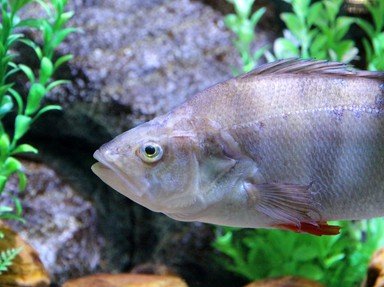Quiz Answer Key and Fun Facts
1. A small non-native species that uses an ovipositor to lay its eggs
2. A small relative of the perch, which also has a spiny dorsal fin; also known as a pope
3. A small bottom-feeding member of the carp family, often confused with young barbel
4. A widespread member of the carp family that is often confused with the roach
5. A well-known flatfish that often travels up tidal rivers
6. A migratory cartilaginous fish that feeds parasitically on other fish.
7. A member of the perch family that behaves like a pike; also known as a pike-perch
8. A member of the salmon family, widespread in the N. Hemisphere but rare in the UK
9. A large non-native species, that has been rumoured elsewhere to attack humans
10. The only freshwater member of the cod family, and now effectively extinct in the UK
Source: Author
Radain
This quiz was reviewed by FunTrivia editor
guitargoddess before going online.
Any errors found in FunTrivia content are routinely corrected through our feedback system.

